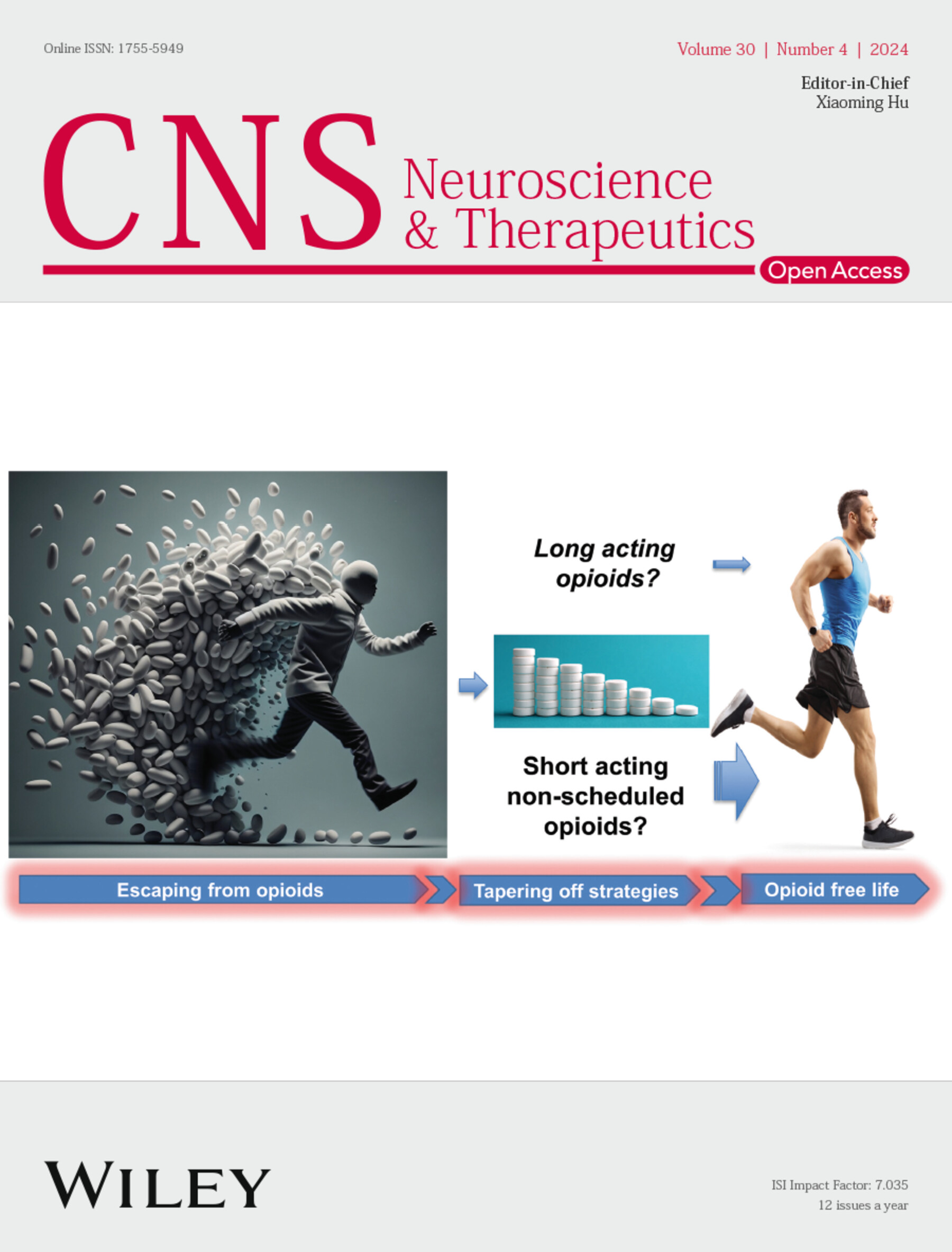Long-Term Minocycline Treatment Exhibits Enhanced Therapeutic Effects on Ischemic Stroke by Suppressing Inflammatory Phenotype of Microglia Through the EMB/MCT4/STING Pathway
Abstract
Background
Neuroinflammation caused by excessive activation of microglia is a significant cause of poor prognosis in ischemic stroke patients. Minocycline, a microglial cell inhibitor, has neuroprotective effects in stroke, but its optimal treatment duration and specific mechanisms of action remain unclear. This study aimed to compare the efficacy of different minocycline treatment durations on stroke and explore their mechanisms of action.
Methods
We investigated the effects of various durations of minocycline treatment on microglial polarization using cellular and animal models. The mechanisms of long-term minocycline therapy for neuroprotective effects were explored through in vitro and in vivo experiments.
Results
In stroke models, long-term minocycline treatment showed a stronger inhibitory effect on neuroinflammation and improved neuron viability compared with short-term treatment. Further in vitro and in vivo results indicated that long-term minocycline treatment downregulated microglial glycolysis levels through the EMB/MCT4 axis, promoting the transformation of microglia to an anti-inflammatory phenotype by inhibiting the activation of the STING pathway, thereby improving post-stroke neuroinflammation.
Conclusion
Long-term minocycline therapy exerts neuroprotective effects in ischemic stroke by regulating the EMB/MCT4/STING axis and inhibiting the inflammatory phenotype of microglia through downregulating cellular glycolysis levels. Extending the treatment duration of minocycline appropriately may further improve ischemic stroke outcomes.


 求助内容:
求助内容: 应助结果提醒方式:
应助结果提醒方式:


